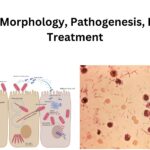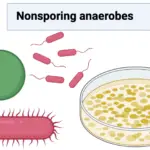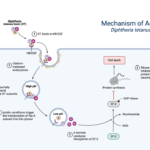
What You Will Learn in the Course: Plant Anatomy and Embryology
- Meristematic and Permanent Tissues
- Root and shoot apical meristems.
- Simple and complex tissues.
- Organs
- Structure of dicot and monocot root, stem, and leaf.
- Secondary Growth
- Structure and function of vascular cambium.
- Secondary growth in root, stem, and wood.
- Adaptive and Protective Systems
- Epidermal tissue system, including the epidermis and stomata.
- Adaptations in xerophytes and hydrophytes.
- Structural Organization of Flowers
- Structure and function of anther, bilobed anther, pollen, ovule, and embryo sac.
- Pollination and Fertilization
- Pollination mechanisms and adaptations.
- Double fertilization, seed structure, and seed dispersal.
- Embryo and Endosperm
- Types, structure, and functions of endosperm.
- Structure of dicot and monocot embryo.
- Embryo-endosperm relationship.
- Apomixis and Polyembryony
- Types, functions, and examples of polyembryony.
- Types, functions, and examples of apomixis.
- Differences between polyembryony and apomixis.
1
Meristematic and permanent tissues
Learn about Root and shoot apical meristems; Simple and complex tissues.
Learn about Root and shoot apical meristems; Simple and complex tissues.
2
Organs
Learn about Structure of dicot and monocot root stem and leaf.
Learn about Structure of dicot and monocot root stem and leaf.
3
Secondary Growth
Learn about Vascular cambium
Learn about Vascular cambium
4
Adaptive and protective systems
Learn about Adaptive and protective systems
Learn about Adaptive and protective systems
5
Structural organization of flower
Learn about Structural organization of flower
Learn about Structural organization of flower
6
Pollination and fertilization
Learn about Pollination and fertilization
Learn about Pollination and fertilization
7
Embryo and endosperm
Learn about Embryo and endosperm
Learn about Embryo and endosperm
8
Apomixis and polyembryony
Learn about Apomixis and polyembryony
Learn about Apomixis and polyembryony




